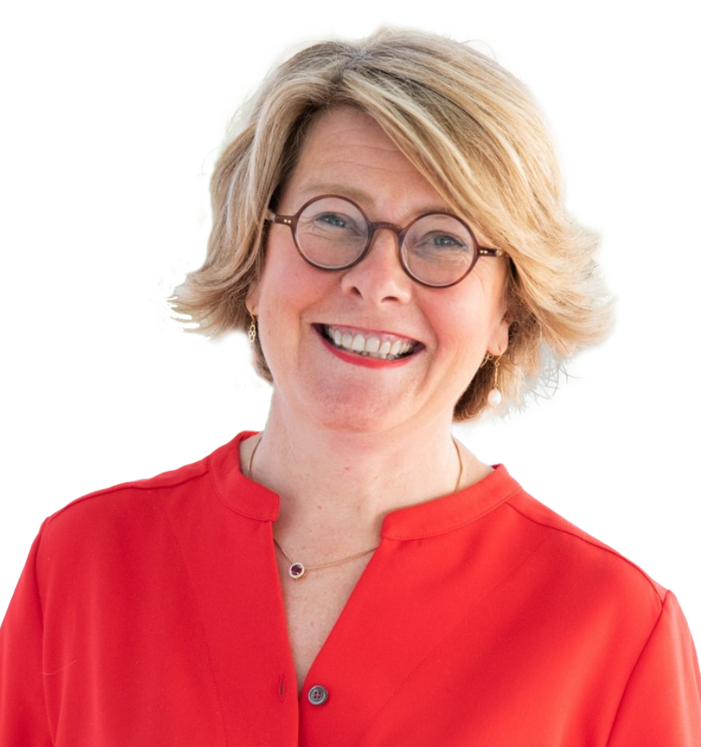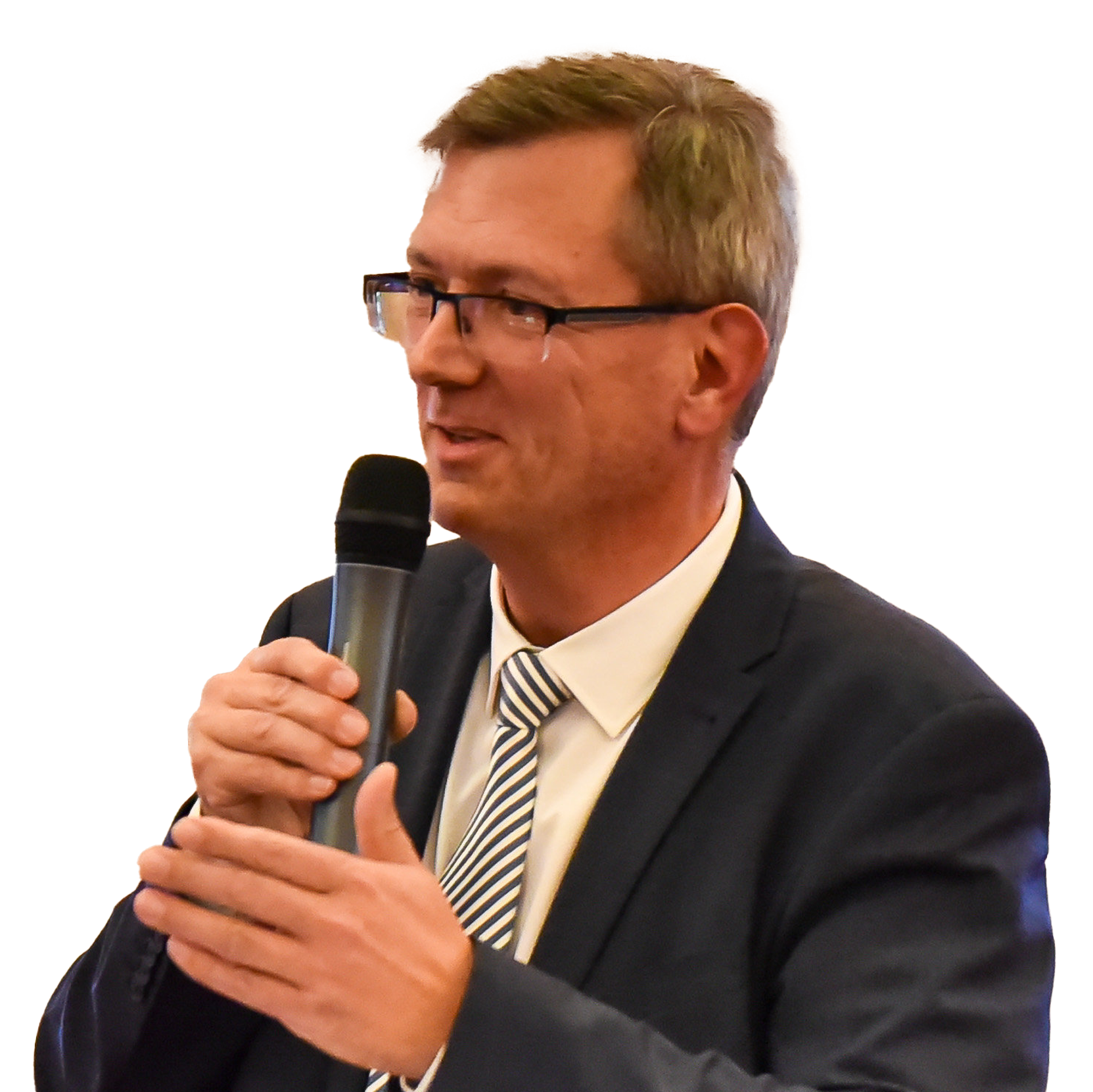
First of all, happy birthday and whole hearted congratulations to EFIP and everyone who brings the organisation to life!
EFIP started in 1994 with over 100 inland ports in 10 countries. Even before the significant wave of EU accessions, EFIP served as a meeting place for EU and candidate countries, where representatives had equal status and engaged in discussions at the same level. When I applied to EFIP, I never imagined being appointed as the successor to Veit Schmitt, the first Secretary-General who founded EFIP after retiring from the European Commission. Back in 1998, most representatives were men of a respectable age, with few exceptions. But in hindsight, it wasn’t surprising that EFIP chose to infuse young energy, embodying a spirit of openness and change.
Coming from the maritime world, I immediately felt at home in inland ports. This less-known sector had a lot of work to do and much to explain to European institutions. Traveling from inland port to inland port, both small and large, across Europe, I consistently encountered a shared eagerness to build multimodality, to be connected, to be together engines of change, drive industrial initiatives, and navigate red tape and administrative structures which were often unaware of the opportunities they hosted on their territory.
In the early days, the offices were located in the beautiful art deco building of the Port of Brussels. Over four years, I transformed endless stacks of documents, originally organised chronologically and rubber-stamped, into a thematic classification. I remember evenings spent on this task, simultaneously learning about the history of ports and the organisation.
We brought EFIP online with an email address and its first amateur website. At the time, it was a technical challenge to map all inland ports with links to their websites, but we made it work. Another key achievement was getting inland ports recognised and included in the Trans-European Network for Transport as vital nodes for multimodal transport. This involved categorising ports, building arguments, and designing criteria. It was intensive work with the late Willi Piecyk, Georg Jarzembowski, Nils Danklefsen, Rolf Dieter and Alain Baron. Engraved in my memory is also the collaboration with Eurostat on keeping statistics, working through the night to eliminate double counting.
By the time I moved on in 2001, EFIP had grown into an organisation of almost 200 inland ports. My two years at EFIP were a rich period of traveling throughout Europe, meeting people in ports from Finland and Sweden in the north to Romania and Italy in the south, and bringing on board Flanders, Denmark, and Portugal. I attended so many meetings, including the German Auschusses and hold fond memories of the people, stories, enthusiasm, occasional misunderstandings or conflicts typical of any good family, and the pro-European spirit to overcome challenges. This is our strength.
I extend my personal thanks to those who shaped the organisation at the end of the nineties, such as Vanessa Grandgagnage, Margrit Wodrich, Bernard Chenevez, Charles Huygens, Heinz Hagen, Erich Staake, and many others – thanks for the teamwork. It has been a pleasure to watch EFIP develop over the years after my departure and I am pleased to continue cooperating with an excellent partner.
May EFIP continue to grow and flourish along with all the amazing people who contribute to it! We absolutely need inland ports for a truly multimodal continent, as engines for a vibrant and sustainable economy at the heart of Europe.






